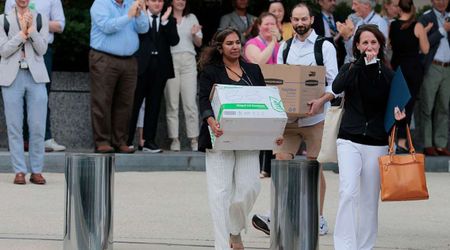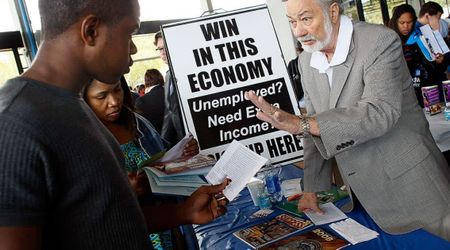Growing Disconnect Between Employers and Employees Over Compensation and Perks in America

The disconnect between the needs of employees and what employers offer has been a universal problem for companies across the globe. Companies roll out new perks and benefits to satisfy their workforce, but it seems that the disconnect is expanding. As per a recent survey, titled, “Voice of the American Workforce” by Franklin Templeton, there is a huge disconnect between the compensation the employees want and what the companies offer. More than eighty percent of employers are unable to meet the demand for increased salary as expected by the workforce, reports the survey. To understand the employers’ perspectives, 1000 companies were interviewed. The sample size of the employees included 2001 working adults from the United States. Here are more insights from the survey.

The survey looked at the companies' benefits and compared it with what employees consider their top priority. Results showed an increasing gap between the priorities of both parties. For employees, higher compensation and retirement schemes are the priority. A total of 56% of the employees surveyed mentioned a raise in salary as the most important priority, followed by 42% of employees who want the employers to match their 401(k) contributions. The salary hike is the key point raised by the working folks as 70% of them feel that their compensation is not at par with the increasing inflation.
For employers, providing health and dental insurance and equal contributions to charity of the employee’s choice were seen as most important. These needs are not at all in sync with the employees’ expectations. One major reason for growing dissatisfaction amongst the employees is the fact that benefits are not communicated properly. As indicated in the survey, 72% of the respondents failed to understand the perks made available by their organizations and almost 29% were not able to understand how those perks translate in monetary terms. Employees consider information on financial well-being as quite important.
The survey revealed that 49% of the companies provide resources to help employees manage their finances but apparently, only 28% of the employees use this benefit. The possible reason could be employees are not well informed about it. Employees are getting more particular about the work-life balance as is evident from the findings. 90% of the respondent employees are seeking a job that offers them a good work-life balance. Franklin Templeton’s head of client marketing for Retirement and Insurance, Jacque Reardon said, “Managing heightened employee expectations is one of the biggest challenges facing employers today.” She further added, “Understanding employee preferences and effectively communicating available resources is paramount for organizations aiming to attract and retain top talent.”
Employees in the United States are burdened with financial stress
The survey highlighted that the workforce in the United States is highly anxious due to the financial stress they are in. Most of the respondents shared their concerns about income, building retirement funds, and rising costs associated with healthcare services. 665 of the respondents said that they are worried about the recurring costs and 64% are concerned about the healthcare costs in the states. Almost half of the respondents are concerned that due to the current economic situation, they will not be able to have enough retirement funds.
The anxiety of such employees if left unchecked will lead to lesser growth numbers for the companies. So, organizations need to address the concerns of their workforce. Jacque said, “To address these challenges, employers must prioritize strategies focused on employee retention and satisfaction, which may entail offering competitive compensation packages and fostering positive work environments that prioritize employee wellbeing and work-life balance.” She stated, “By aligning with employee expectations and prioritizing their satisfaction, employers can mitigate turnover and cultivate a more engaged and productive workforce.”




















